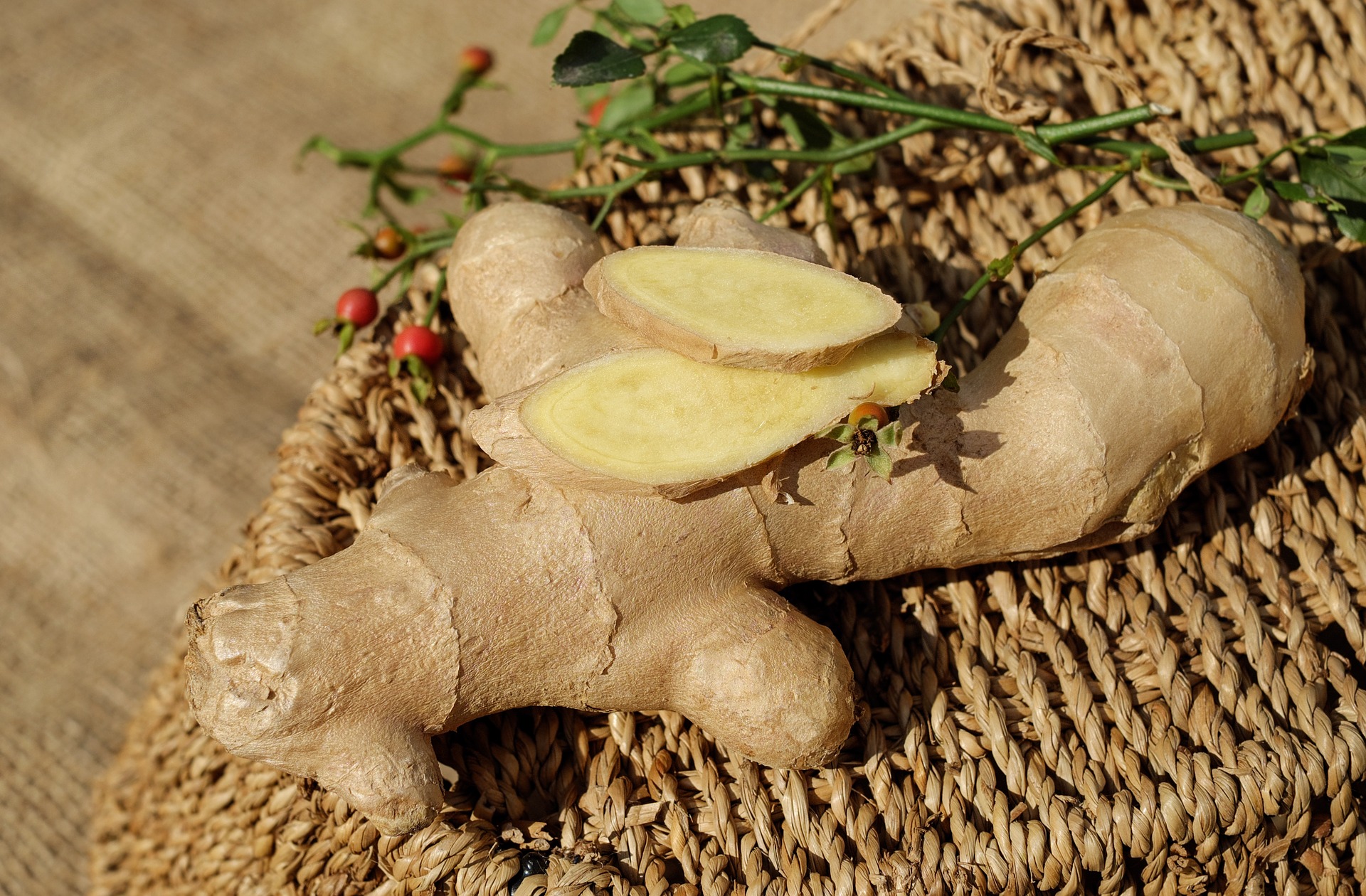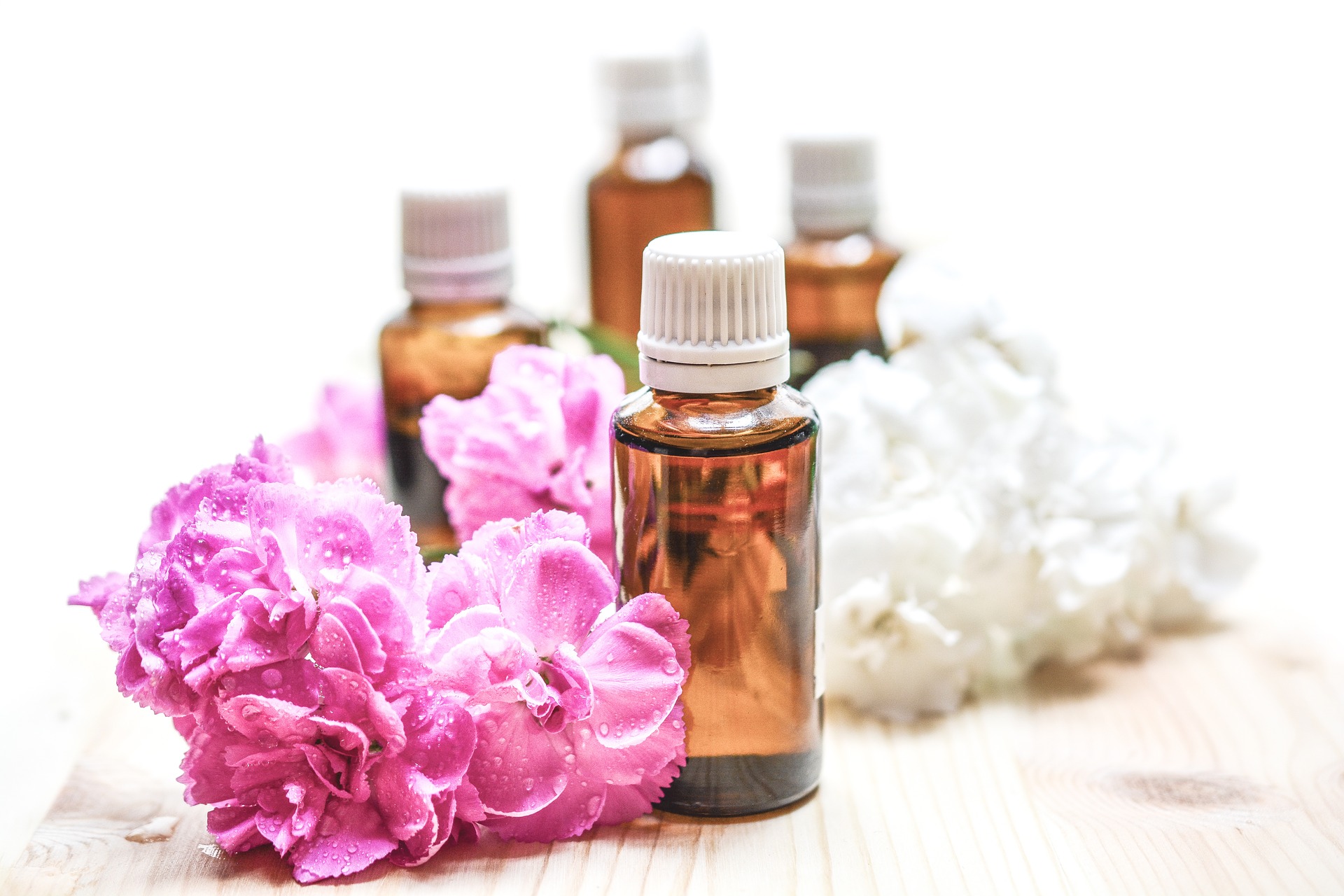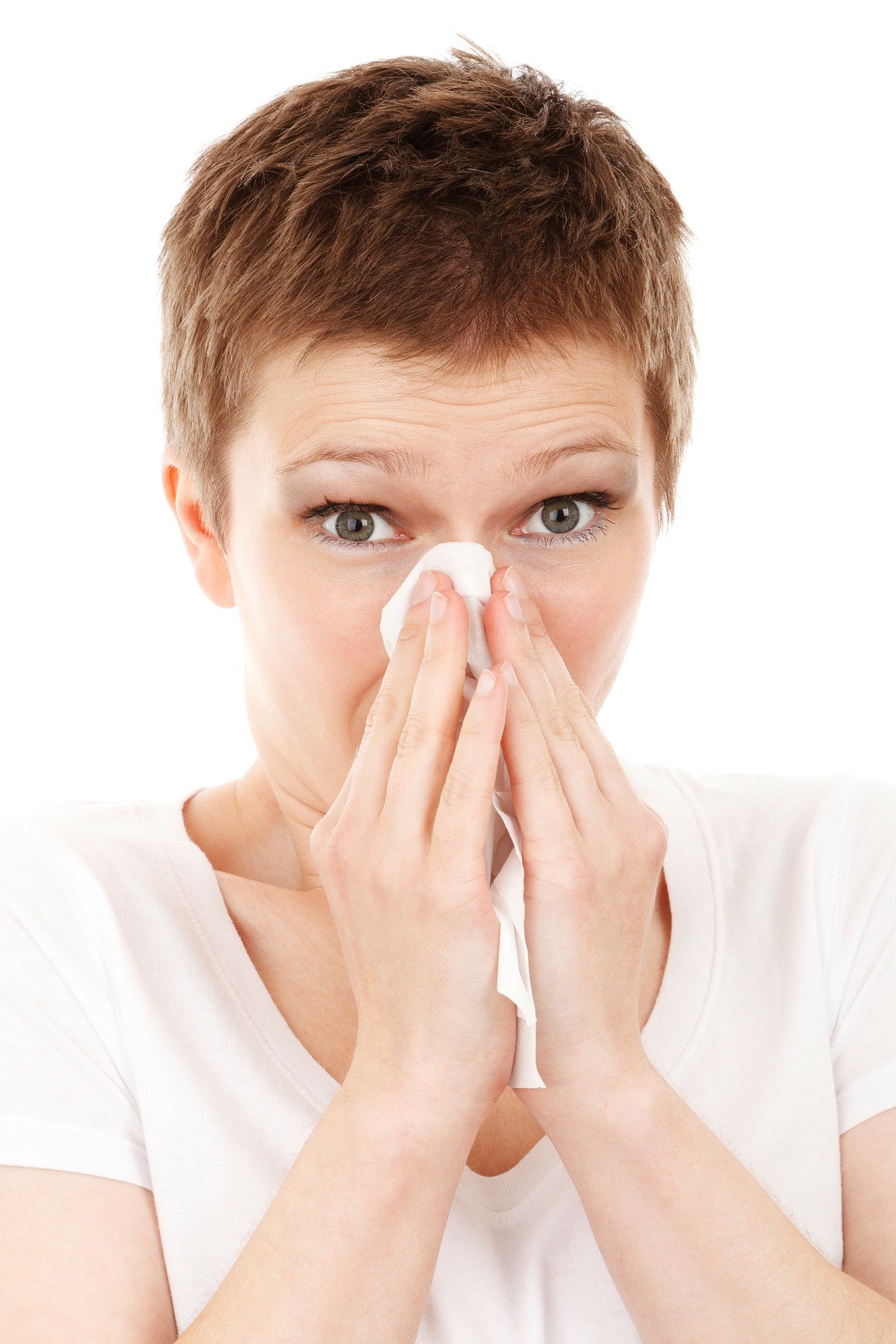This post contains affiliate links
Famous for its widespread use in the culinary arts, ginger, derived from the underground stems or rhizomes of Zingiber officinale, is a perennial herb from the Zingiberaceae family. Strong in aroma, the herb is cultivated as an annual. The entire plant is not valued as a spice, only the underground rhizome. The plant seemingly hails from South-East Asia, India perhaps, and is becoming quite beneficial and useful in various aspects of life, including medicine.
Ginger is mainly produced or cultivated in India, Japan, Philippines, Nepal, Indonesia, Thailand, Nigeria, Bangladesh, China and several other countries. Regarding quality or first grade ginger, Jamaica is quite the champion, followed by Indian and West African ginger.
Products of Ginger Rhizomes
Fresh, dried, and preserved ginger in syrup or brine are known as the primary products of ginger rhizomes. Secondary products include ginger oils, oleoresins from dry ginger and ginger powder.
Fresh Ginger
Fresh ginger is ideally used as a result of its flavoring. In comparison to other products of ginger, the fresh produces are of note in terms of usage as a spice. Though cultivated as an annual, ginger can be harvested from 180-95 days after planting. Once cultivated in this stage, the rhizomes produce less fiber content, although rich in protein, fat, aroma, and pungency. If left to further mature, the crop will produce less fat and protein contents.
Preserved Ginger
During its immature stage, rhizomes are preserved in brine or sugar syrup. Crystallized ginger is also a byproduct or ginger preserved in syrup and is later processed. Rhizomes that aren’t rich in fiber and pungency are usually more preferred for preserved ginger. After 195 days from planting, the crop must be collected.
Dry Ginger
After cultivating fresh ginger, it’s later dried to produce ‘dry ginger’. Dry ginger is available in many forms, ranging from peeled to non-peeled and partially peeled. Treatment by lime or sulphurous acid is a natural process of the preparation stage of ginger to ensure a white color is achieved in the final product. Black ginger is also available on the market. Rhizomes should reach maturity before being dried, as this ensures the flavor and aroma are maintained. If you’re thinking about drying ginger, the processes must be followed:
1. Remove and wash the roots of rhizomes completely.
2. To prepare rhizomes for drying, you can peel, slice or split the spice. If rhizomes are to be dried while fully coated, the crop must be immersed in boiling water for approximately 10 minutes. The same process should be carried out if black ginger is to be prepared.
3. Dry rhizomes in the sun. It’s of interest to note that throughout the drying process, the ginger might lose up to 60-70% of its moisture. The end product, in terms of moisture, might fall between 7 – 12%.
Ginger powder is produced by pulverizing dry ginger. During the grinding process, some flavor will be lost, especially when placed through heat development. To minimize the loss of flavor, cryomilling can be used.
Ginger Paste
Ginger paste is reputed in India (known as ginger – garlic paste) and consists of about 35% garlic, 15% salt, and up to 50% macerated and sliced ginger. The shelf-life of this produce has drastically improved over the years and is readily available to consumers.
Ginger Oil
Ginger oil is readily available commercially and is typically produced from freshly ground dry ginger after undergoing steam distillation. Once produced, the oil acquires a green or yellow free-flowing liquid. Once the oil begins to age, it thickens. The ideal rhizome for steam distillation is coated African and Cochin ginger and is best used in providing flavor in pharmaceutical and food processing. It’s also used in perfumes.
Ginger Oleoresin
Ginger oleoresin is produced through the process of extraction. Powdered dry ginger is the preferred material used in obtaining ginger oleoresin, which is later offered to customers in liquid form. It’s often also dispensed on sugar or salt.
Main Uses and Functional Properties of Ginger
Motion Sickness
Tired of feeling nauseous and sick when traveling? Start using ginger at least 1-2 days before a scheduled trip to avoid getting sick. It’s also ideal to continue your dosage of ginger during your voyage. To combat vomiting and nausea during pregnancy, ginger tea can be a sweet touch to the soul. Use the fresh ginger rhizome (boiled) and dilute until preferred consumption taste is met.
2. Wound Healing
Icosanoid, a highly influential substance found in ginger, has curative properties and is able to heal wounds, platelet aggregation, and inflammation. Ginger is also involved in holistic medicine and assists in treating situations such as arteriosclerosis and rheumatism.
Based on a study conducted in Denmark, ginger is underscored for reducing the effects of swelling, arthritis, pain, and even morning sickness. It is especially effective when 0.5 – 1 g powdered ginger or 5 g of fresh ginger is ingested.
3. Stimulates Blood Circulation
Especially in Chinese medicine, the use of ginger is reputed for ameliorating the flow of fluids in the body. It’s used to invigorate the movement of blood throughout the body as it refreshes the heart muscles by moderating blood. A Japanese study (Tanabe et al., 1993) conducted intimated how active components in ginger decreases the risk of high blood pressure and heart workload.
4. Treats Indigestion
Ginger helps greatly with digestion, as it enhances movement in the stomach and intestines. Traditionally, it is famous for its use in stomach ailments, dyspepsia, and vomiting. It protects the stomach and fights against ulcer.
5. Inhibition of Carcinogenesis
Gingerol, based on a recently conducted study, has components used for fighting against tumors and is especially remarkable for hindering skin cancer (Park et al., 1998). To supplement, studies conducted on rats at the National Institute of Nutrition, Hyderabad, reveals that ginger invigorates cellular detoxification enzymes. There is a relationship between these enzymes and hindering carcinogenesis.
6. Inhibits Hypercholesterolaemia
Bad cholesterol, when inherited, can be bothersome as it increases the risk of a coronary heart disease. However, ginger, when regularly ingested, checks cholesterol biosynthesis and restrains Hypercholesterolaemia. Its use in Chinese herbal medicine to control and regulate obesity is of particular interest and has been investigated. (Wijaya and Wu, 1995)
7. Migraine Relief
Once a migraine commences, ginger powder (500-600mg) taken thereafter, followed by intakes every four hours, should provide some relief. When taken at least 4-5 days, it may keep migraines at bay.
Ginger should play a significant role in your diet. You can opt to use it in blended juices, wine, meals, and even sip in the mornings or throughout the day as tea. The benefits are endless. Once taken moderately, you should see tremendous results in your diet and health, especially if you contend with indigestion.
[amd-yrecipe-recipe:1]










